Canon has released new firmware for the Canon EOS R7 that improves touch control and a phenomenon.
Firmware Version 1.3.1 incorporates the following fix:
- Improves the stability of the touch operation control when the [Touch control] is set to [Sensitive].
Download firmware v1.3.1 for the Canon EOS R7
|
When you purchase through links on our site, we may earn an affiliate commission. Here's how it works. |


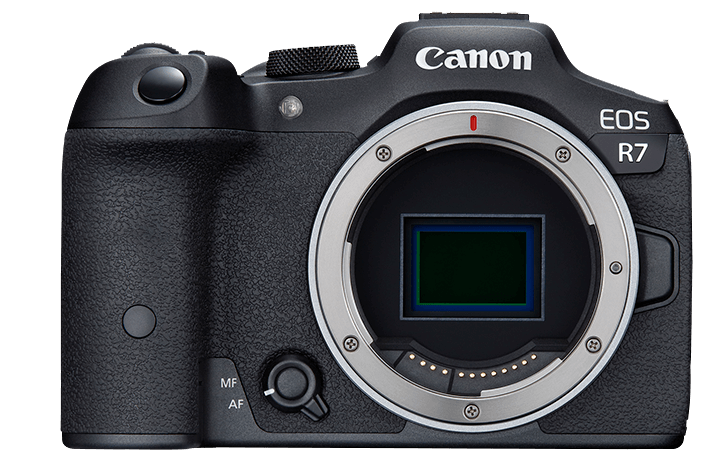
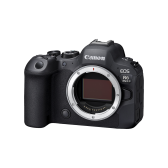
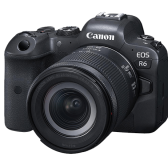

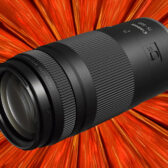

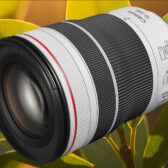
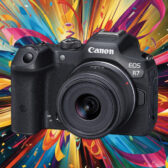

Another problem, which is btw briefly addressed somewhere in the manual, occurs when a bird flies in front of clouded or nearly blue but slightly overcast skies, then the AF struggles recognize the bird. I know this problem since many years from Nikon DSLRs (of my wife) and my EOS 7D2 when iTTr ("intelligent" subject tracking) was enabled. Something in the light of such settings irritates the object recognition, whatever it is. I hope this can also be improved with more AI training data on additional image material. So overall, I do hope that Canon improves the R7's AF performance during the next years. But the gap between the "5" and the "7" series' AF performance will remain - in the DSLR era the AF sensors of the APS cameras were smaller, noisier and therefore less sensitive, now it's the same game with the image sensors used for AF performance.
Overall, given the fact that it is a 1.5 k$ "only" camera, I like the R7 despite its relatively slow sensor read-out which limits its full electronic shutter performance. Plus, its IQ at higher ISO's is surprisingly good, close to the quality of my 5D IV (which is aged 2016 tech, of course). So it has definitely not a recycled "old" sensor, the bottleneck is caused by the read-out part of its electronics.
"Those sensor specifications look very similar and Canon has been open about the fact that the R7 uses the same basic sensor as the 90D, but the R7’s microlenses and electronics have been refined to give it a performance boost."
Canon EOS R7 vs EOS 90D
The sensor has electronics built in. The problem for me is that it is slower to latch on to BIF and hunts much more than the R5. The firmware changes that improve subject eye recognition may help but those problems are easily overcome - it's the slower AF acquisition and readout that are the problems.
I have to add when it comes to quality of stills, I find hardly any difference between the R7 + RF 100-400 at 400mm f/8 and the R5 + RF 100-500mm at 500mm f/7.1 when the R5 is cropped down to the same as a crop from the R7, which is the usual situation for me when I am limited by reach, apart from depth of field.
Keeping the same photosites should not really matter unless you are looking for better low-light performance or better dynamic range.
Duade Paton's review shows R7 having readout speed of around 31ms which worse than last Gen Fuji XT4. That rolling shutter certainly seem to be make the advertised 30fps speed quite useles(along preshooting buffer which requires Canon's propitary software to extract frames).
"The EOS R7 is equipped with a new approximately 32.5-megapixel APS-C CMOS sensor combined with DIGIC X image processor, allowing for high-speed readout and high image quality."
EOS R7 (Body)
Overall I have the impression that maybe the better option for you would be to sell your R7 and stick with your R5, which surely is a great camera and seems to deliver nearly everything you demand for birding. It sounds a bit like the disappointment I had with the EOS 7D2, having the AF performance of my 5D3 (and later 5D4) in mind. So I really understand well that you are not happy. I decided to try the R7 despite its limitations because I still didn't trust EVF's for birding in general and didn't want to invest so much into my first trial. In fact, the first day out with the R7 was horrible for me, since I still had to find out how I need to change the EVF settings to make this camera useable for fast action like BIF. Fortunately, I came across a good birder's video review on youtube that helped me much.
I even started a thread on how good the R7 is and highlighted its pros and cons. I have also written in several places it is so lght with the Rf100-400mm that my wife can handle it. So, why on earth should I sell it when it complements my R5?
R7 Discussion
Btw I always like your bird images when you show them here, you really know how to shoot wildlife :)